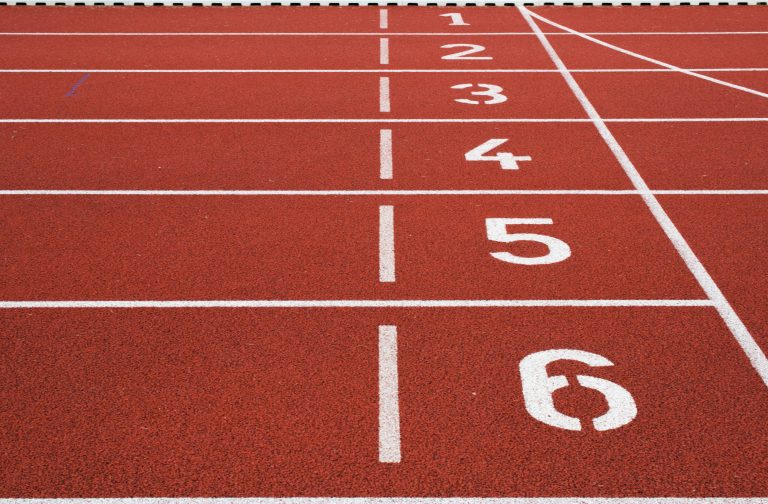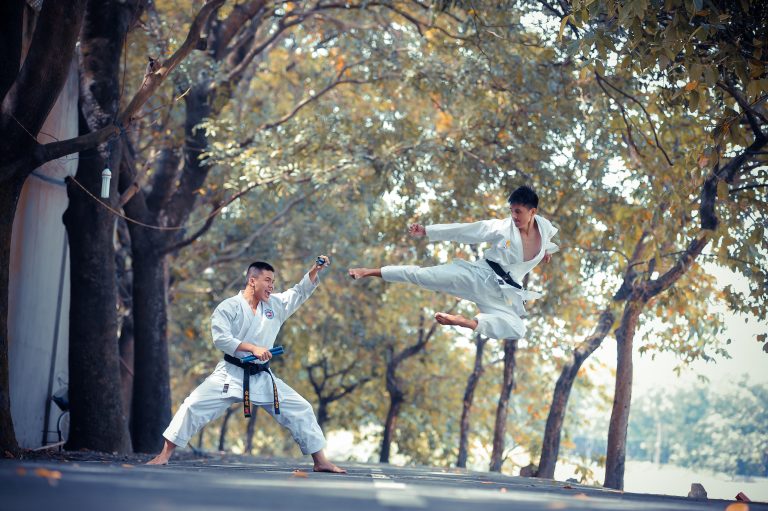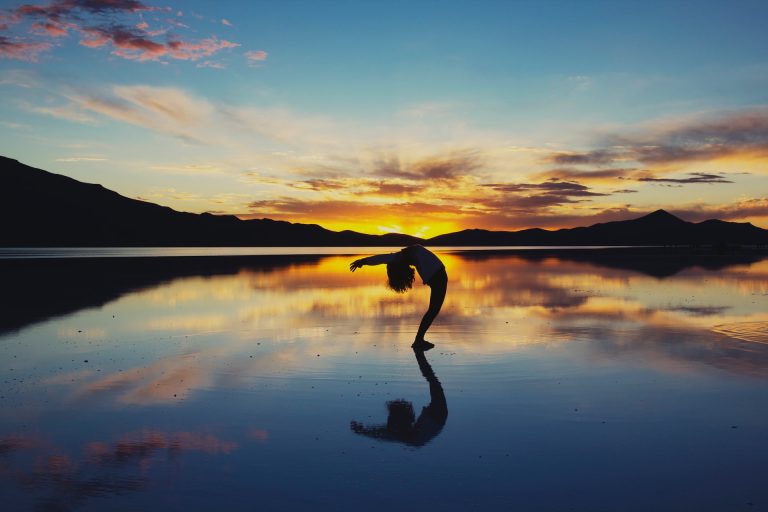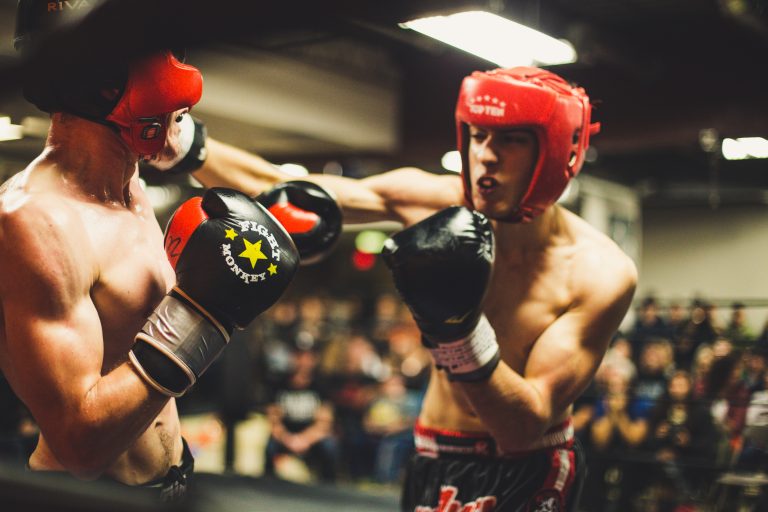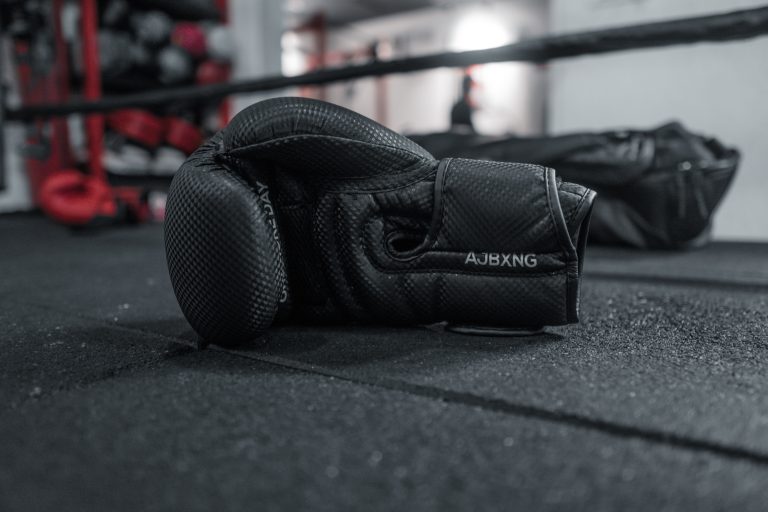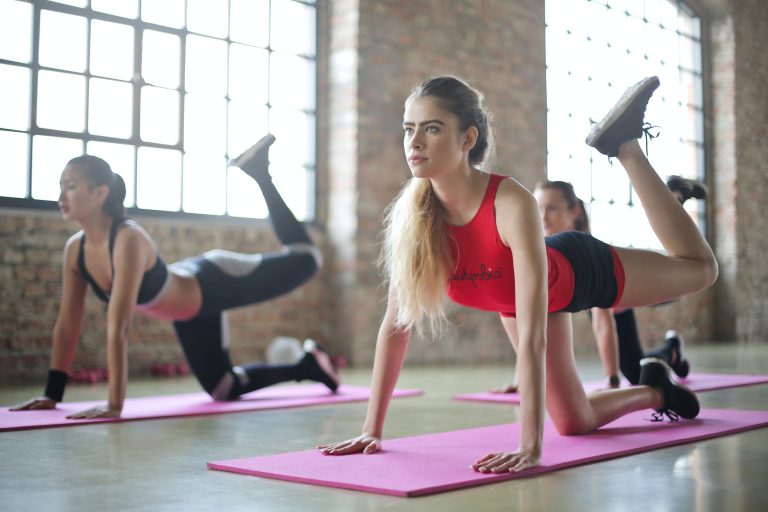What Are the Different Types of Karate and What Set Them Apart?
Karate is more than a martial art—it’s a way of life. Its practitioners strive for self-development and physical fitness, and its history spans centuries. But most karate practitioners are likely to come across various different types of karate, each practised for different reasons and with different approaches. In this article, we’re going to take a look at the different types of karate, their differences, and how they’ve evolved.
What Is Karate?
Karate is a Japanese term that covers a variety of martial arts. Its origins can be traced back thousands of years while its exact roots are unknown. It is believed to have been derived from various martial arts traditions, including Chinese, Indian and Okinawan martial arts. Karate is a striking art, where practitioners use their fists, elbows, knees and feet to attack their opponents. It is also a defensive art, with practitioners able to use techniques such as grappling, blocking, parrying and throwing their opponents.
Karate has seen a revival in recent years, with many people becoming interested in this fascinating and complex martial art. It has been incorporated into many modern combat sports and is featured in competitions all around the world.
Types of Karate
Karate consists of a wide variety of different styles and approaches. These styles have developed over time and can be categorised into four main branches: traditional karate, goju-ryu, Shorin-ryu and Shotokan. Here’s a detailed look at each one:
Traditional Karate
Traditional karate is an umbrella term used to refer to all other forms of karate. It is an extremely broad term and encompasses many different styles of karate, each characterised by its own techniques, traditions, and techniquesets. It also serves as an umbrella term to refer to all other forms of karate that don’t conform to the more popular styles such as Shotokan and Goju-ryu.
Goju-ryu
Goju-ryu is one of the oldest styles of karate and has been around since the late nineteenth century. It was developed by kanryo Higaonna on the island of Okinawa. Goju-ryu focuses on balance between hard and soft techniques, a concept referred to as “go-no-sen”. This balance between hard and soft can be seen in the two different ‘kata’ or forms practiced in Goju-ryu; ‘sanchin’ (hard) and ‘tensho’ (soft).
Shorin-ryu
Shorin-ryu is another traditional Okinawan style of karate. Its lineage goes back to the very beginning of Okinawan martial arts and it has been kept alive by practitioners for generations. Shorin-ryu is characterised by its fast, light movements and focus on leg mobility. Its kata contain many pressing, punching and kicking techniques that are typical of Okinawan martial arts. Shorin-ryu is often called “The King of Karate” because of the strength and precision that it demands from its practitioners.
Shotokan
Shotokan is a style of karate developed by Gichin Funakoshi in the early 20th century. It is a highly structured form of karate, characterised by powerful strikes accompanied with loud shouts (kiai) to help create momentum. Shotokan requires practitioners to stay in one long line as they perform their techniques. This style has become very popular in recent times, thanks in part to the influence of world-renowned teachers such as Masatoshi Nakayama who helped introduce this form of karate to the West.
Conclusion
Karate is a complex martial art with many different forms and styles. Each style has its own distinct techniques, traditions, and approaches. While each style offers something unique, all of them can trace their lineage back to the same roots: ancient Okinawan martial arts. Whether it’s traditional karate, Goju-ryu, Shorin-ryu or Shotokan—each type of karate offers something unique for practitioners looking to learn the art.
Karate is an art that demands focus and discipline from its practitioners, but it’s also incredibly rewarding for those who are willing to put in the time and effort to master it. No matter what style you choose—with dedication and practice you can become an excellent karateka!
What Are the Different Types of Karate and What Sets Them Apart?
Karate is a martial art that originated in Okinawa, Japan, in the early 20th century. It is a blend of Chinese martial arts and traditional Okinawan martial arts. Today, Karate is popular all over the world, and there are different types of Karate that are being practiced. Each of these types has its own unique features, and this blog post aims to provide you with an in-depth understanding of the different types of Karate and what sets them apart.
1. Shotokan Karate
Shotokan Karate is one of the most popular types of Karate in the world. It was founded by Gichin Funakoshi in 1938 and is characterized by its powerful strikes and deep stances. Shotokan Karate emphasizes the basics of movement, including punches, kicks, and blocks. The training focuses on developing speed, power, and accuracy in techniques. Shotokan Karate practitioners are required to learn a set of katas (forms) that include various movements in a specific sequence.
2. Goju-Ryu Karate
Goju-Ryu Karate was founded by Chojun Miyagi in the early 1930s. This type of Karate is known for its emphasis on combining hard and soft techniques, as well as the focus on breathing techniques. Goju-Ryu Karate involves close-quarter combat techniques, joint locks, and throws. This type of Karate also includes training in the use of traditional Okinawan weapons, such as the nunchaku, sai, and bo.
3. Shito-Ryu Karate
Shito-Ryu Karate was founded by Kenwa Mabuni in the early 1920s. It is a blend of different Okinawan martial arts, including Shuri-te, Naha-te, and Tomari-te. Shito-Ryu Karate emphasizes the importance of flexibility, speed, and power. The training includes two-person drills, self-defense techniques, and katas. Students of Shito-Ryu Karate are required to learn a set of katas that include various movements in a specific sequence.
4. Wado-Ryu Karate
Wado-Ryu Karate was founded by Hironori Otsuka in the early 1930s. This type of Karate is characterized by its emphasis on evasion and fluid movements. Wado-Ryu Karate involves using a combination of body movements and footwork to avoid the opponent’s attacks. This type of Karate also places a strong emphasis on the use of throws and joint locks.
5. Kyokushin Karate
Kyokushin Karate was founded by Masutatsu Oyama in the 1950s. This type of Karate is known for its emphasis on full-contact sparring and physical fitness. Kyokushin Karate involves using a combination of punches, kicks, and knee strikes. This type of Karate also includes training in the use of elbows and other strikes that are not allowed in other types of Karate.
6. Shotokai Karate
Shotokai Karate is a more recent addition to the list of Karate styles. It was founded by Shigeru Egami in the early 1940s. This type of Karate emphasizes the importance of coordination, timing, and breathing techniques. Shotokai Karate is known for its circular movements and fluid techniques.
Conclusion
Karate is a popular martial art that has evolved over the years, and there are now several different types of Karate that are being practiced around the world. Each of these types has its own unique features, including the type of techniques used, techniques emphasized, and the focus on spiritual or physical training. By understanding the differences between these types of Karate, you can make an informed decision about which one to study to achieve your training goals.
Inhaltsverzeichnis

